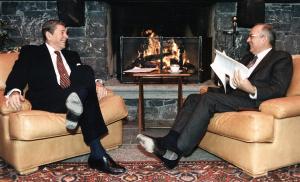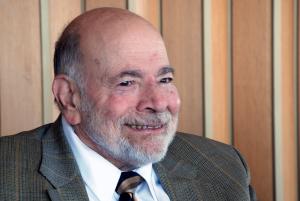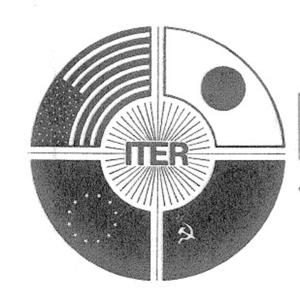Issued on 21 November 1985, the Joint Soviet-United States
statement on the Summit Meeting in Geneva contained 13 points. The last one stated that Secretary General Mikhail Gorbachev and President Ronald Reagan "emphasized the potential importance of the work aimed at utilizing controlled thermonuclear fusion for peaceful purposes and, in this connection, advocated the widest practicable development of international cooperation in obtaining this source of energy, which is essentially inexhaustible, for the benefit of all mankind."
This wasn't a mere footnote. For years, influential members of the fusion community on both sides of great East-West divide had been calling for such a political initiative. Research had reached the point where a large international collaboration was needed to design, develop and finance the "Big Machine" that would demonstrate the feasibility of fusion energy.
A strong political boost was just what the initiative needed, and—despite the Cold War tension (or because of it)—both Reagan and Gorbachev were willing to give it.
"It's important to remember that 1985 was not the beginning of international fusion cooperation by any means," says Michael Roberts, a division director in the US fusion program at the time who led the US fusion delegation to Geneva. "There had been literally decades of person-to-person, program-to-program and high-level exchanges before then." (
Read the interview with Michael Roberts in this issue.)





